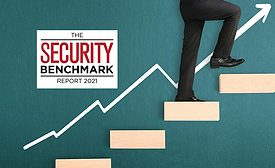Security Talk Column
Security Talk
Success in the security industry is made easier by possessing a number of soft skills. Security leaders advise embodying these character traits yourself and looking for these soft skills when hiring.
Read More
Security Talk
Critical infrastructure: The critical industry everyone must protect
October 4, 2021
Security Talk
The risk of human trafficking to the enterprise supply chain
September 7, 2021
Sign-up to receive top management & result-driven techniques in the industry.
Join over 20,000+ industry leaders who receive our premium content.
SIGN UP TODAY!Copyright ©2024. All Rights Reserved BNP Media.
Design, CMS, Hosting & Web Development :: ePublishing










